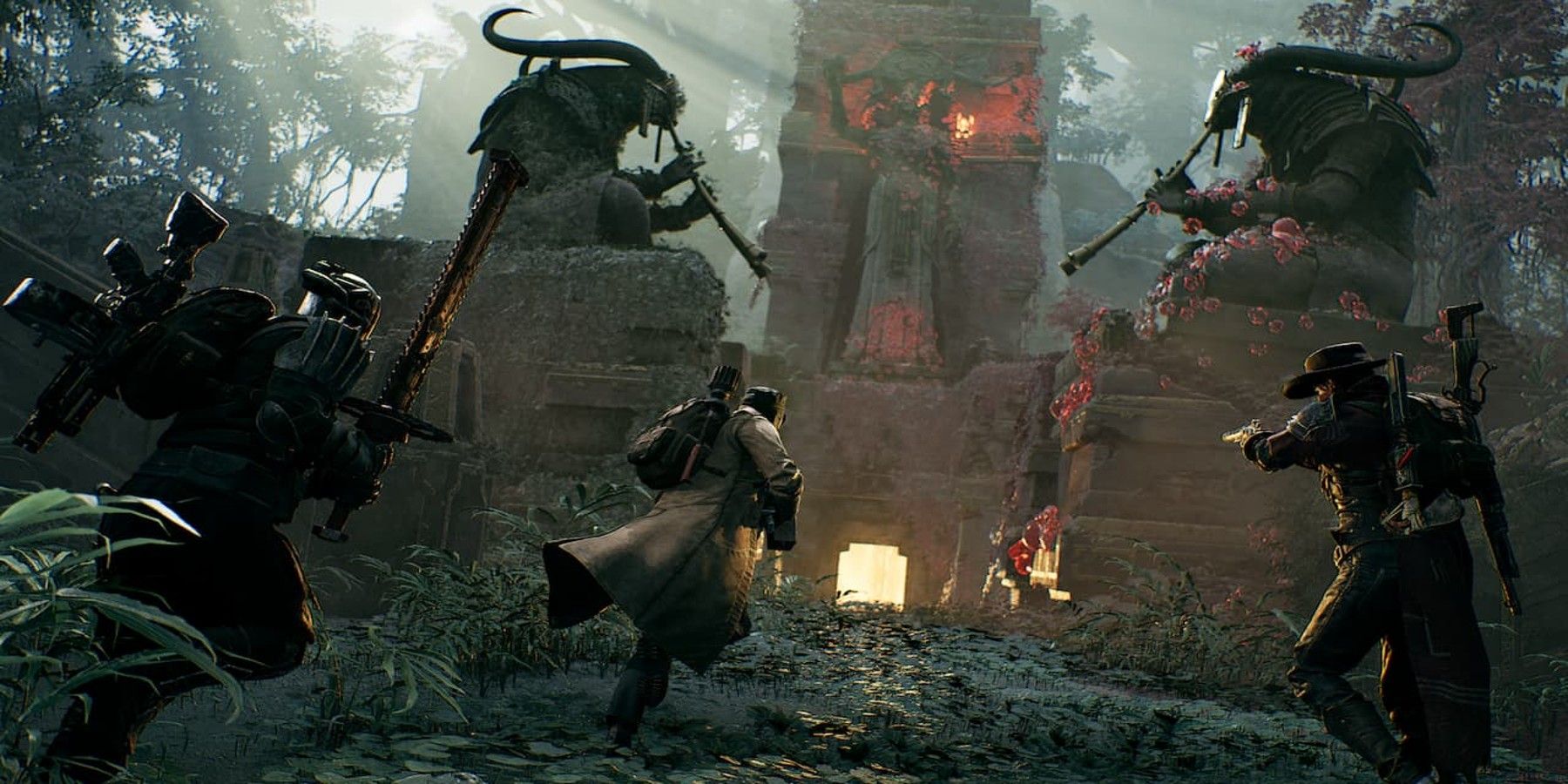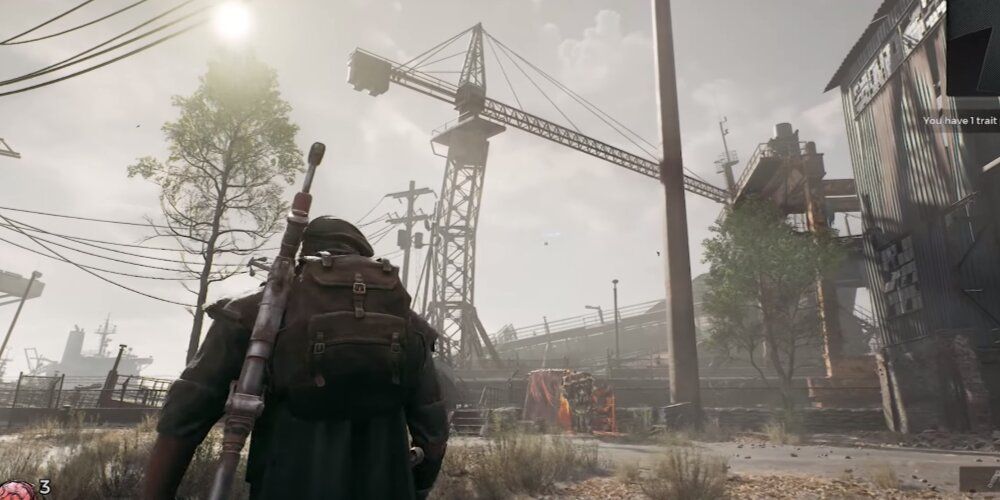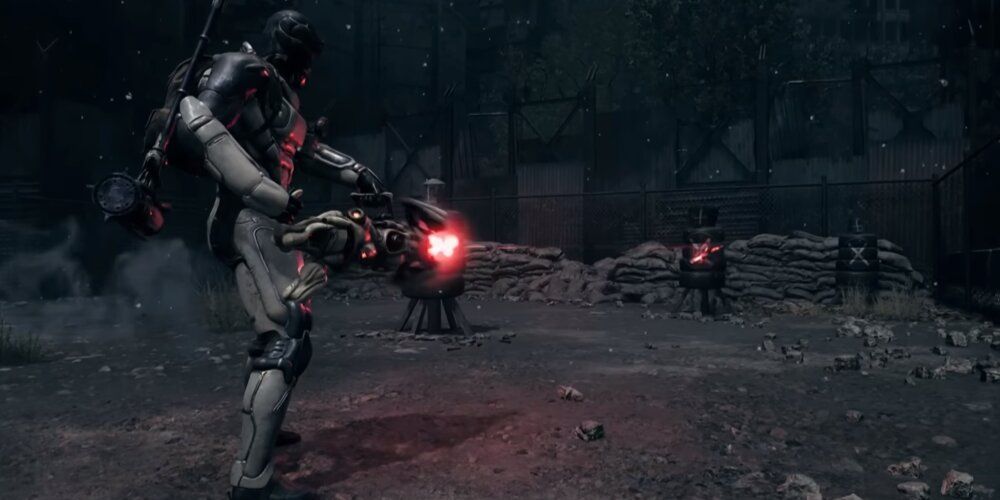Highlights
- Remnant 2's procedural generation adds replay value but sacrifices the familiarity of Soulslike maps, which could be seen as a loss of identity.
- The game's randomized dungeons and unique NPCs provide different storylines for each player, enhancing the overall experience.
- While the procedural generation expands gameplay options and increases potential content, it also loses the key aspect of studying the environment and uncovering secrets and shortcuts.
Even though most would likely consider it an afterthought compared to the moment-to-moment gameplay, many of Remnant 2's mechanics are supported by the game's story and overarching narrative. Similar to its predecessor, Remnant 2 drops players into a post-apocalyptic Earth that has been decimated by an interdimensional species of sentient trees called The Root. The Root have basically laid waste to countless worlds across the multiverse, creating a perfect setup for players to use the World Stone as a means to hop from dimension to dimension and track down the missing denizens from Ward 13. Outside being a framing device for the game's varied settings, this narrative conceit is also a perfect support for Remnant 2's procedural generation.
The procedural generation of Remnant: From The Ashes was one of the aspects of the title that kept players coming back alongside its blending of Soulslike and co-op shooter gameplay. With procedurally generated worlds, the first game in the Remnant series touted extensive replayability, which just so happens to be a feature missing from many games in the Soulslike subgenre. Procedural generation returns in Remnant 2, bringing hundreds of hours of replay value but simultaneously sacrificing the map familiarity that often comes with really digging into a Soulslike.
How Procedural Generation Works in Remnant 2
In Remnant: From The Ashes, the use of procedural generation applied to both the dungeon layouts themselves and the bosses that players would encounter. Essentially, no two players would likely encounter the same boss in the same dungeon thanks to the use of procedural generation. While each of Remnant 2's many overworld maps are static, the actual dungeons that dot the landscape are randomized and feature their own unique NPCs and story beats that end up being different for each player. And like the in-game tips are quick to mention, it is the side content of Remnant 2 which lies off the beaten path that provides some of the most fun to be had.
Once players make their way through the tutorial section of Remnant 2 and are faced with needing to track down Ford and Clementine via contact with the World Stone, it's very clear to see the procedural generation in effect. Especially when rolling multiple characters on the same account in order to try the different archetypes, players can end up exploring the same world and encounter completely different storylines and dungeons from one playthrough to the next. With no two playthroughs being alike, either from character to character or playing in co-op versus solo, Remnant 2 leans into its multiverse-centric story while also providing players with hundreds of hours of potential content.
Remnant 2's Procedural Generation Helps Some Aspects While Harming Others
Leaning on procedural generation to significantly expand the replay value of Remnant 2 comes at a cost. Although having unique dungeon layouts and enemy encounters in each of the many worlds' side content allows for players to spend virtually hundreds of hours in-game, these same environments lose some of their identity as a result. Soulslikes are typically judged on how close they come to replicating the key elements of the games from which the subgenre gets its namesake, Dark Souls. One of the core tenents of FromSoftware's genre-defining series is studying one's environment and the map to uncover secrets and shortcuts that bridge new areas to previously inaccessible portions of older ones, helping players gain familiarity with their surroundings in the process.
Although the procedural generation at use in Remnant 2 adds variety and uniqueness to each playthrough, it loses this critical aspect of Soulslike maps in the process. One could make the argument that the most important character in Elden Ring was The Lands Between itself, one of the most beautifully designed and densely packed maps in gaming history. Without familiar landmarks and well-tread passages in the environments that players traverse, Remnant 2 sacrifices some of its identity for the sake of sheer replay value.
Remnant 2 is available now for PC, PS5, and Xbox Series X/S.



